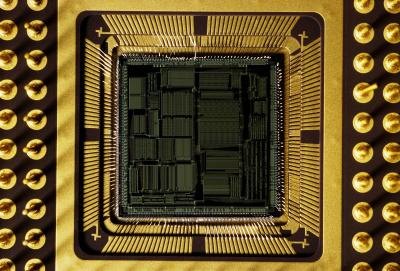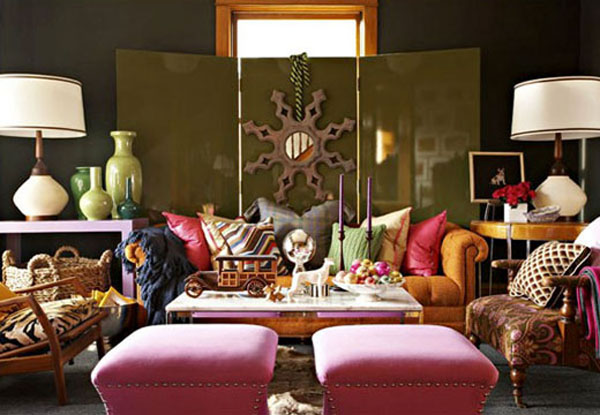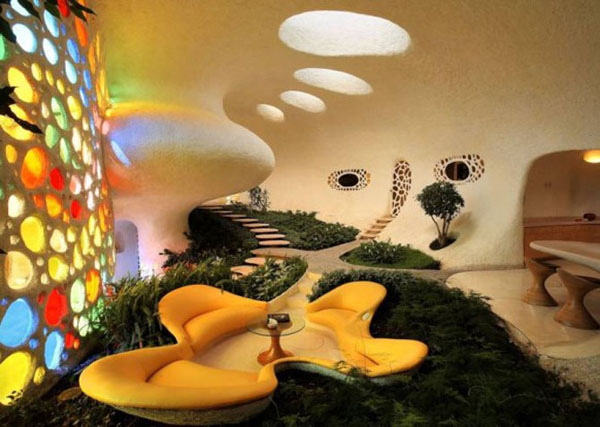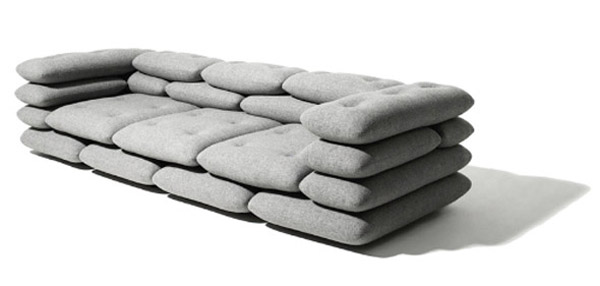Every so often a truly groundbreaking idea comes along. This is one. Mindset explains:
- Why brains and talent don’t bring success
- How they can stand in the way of it
- Why praising brains and talent doesn’t foster self-esteem and accomplishment, but jeopardizes them
- How teaching a simple idea about the brain raises grades and productivity
- What all great CEOs, parents, teachers, athletes know
Mindset is a simple idea discovered by world-renowned Stanford University psychologist Carol Dweck in decades of research on achievement and success—a simple idea that makes all the difference.
In a fixed mindset, people believe their basic qualities, like their intelligence or talent, are simply fixed traits. They spend their time documenting their intelligence or talent instead of developing them. They also believe that talent alone creates success—without effort. They’re wrong.
In a growth mindset, people believe that their most basic abilities can be developed through dedication and hard work—brains and talent are just the starting point. This view creates a love of learning and a resilience that is essential for great accomplishment. Virtually all great people have had these qualities.
Teaching a growth mindset creates motivation and productivity in the worlds of business, education, and sports. It enhances relationships. When you read Mindset, you’ll see how.
The Mindsets
Mindsets are beliefs—beliefs about yourself and your most basic qualities. Think about your intelligence, your talents, your personality. Are these qualities simply fixed traits, carved in stone and that’s that? Or are they things you can cultivate throughout your life?
People with a fixed mindset believe that their traits are just givens. They have a certain amount of brains and talent and nothing can change that. If they have a lot, they’re all set, but if they don’t... So people in this mindset worry about their traits and how adequate they are. They have something to prove to themselves and others.
People with a growth mindset, on the other hand, see their qualities as things that can be developed through their dedication and effort. Sure they’re happy if they’re brainy or talented, but that’s just the starting point. They understand that no one has ever accomplished great things—not Mozart, Darwin, or Michael Jordan—without years of passionate practice and learning.
Why Do People DIFFER?
Since the dawn of time, people have thought differently, acted differently, and fared differently from each other. It was guaranteed that someone would ask the question of why people differed why some people are smarter or more moral – and whether there was something that made them permanently different. Experts lined up on both sides. Some claimed that there was a strong physical basis for these differences, making them unavoidable and unalterable. Through the ages these alleged physical differences have included bumps on the skull (phrenology), the size and shape of the skull (craniology), and, today, genes.
Others pointed to the strong differences in people’s backgrounds, experiences, training, or ways of learning. It may surprise you to know that a big champion of this view was Alfred Binet, the inventor of the IQ test. Wasn’t the IQ test meant to summarize children’s unchangeable intelligence? In fact, no. Binet, a Frenchman working in Paris in the early 20th century, designed this test to identify children who were not profiting from the Paris public schools, so that new educational programs could be designed to get them back on track. Without denying individual differences in children’s intellects, he believed that education and practice could bring about fundamental changes in intelligence. Here is a quote from one of his major books, Modern Ideas About Children, in which he summarizes his work with hundreds of children with learning difficulties:
“A few modern philosopher’s assert that an individual's intelligence is a fixed quantity, a quantity which cannot be increased. We must protest and react against this brutal pessimism.... With practice, training, and above all, method, we manage to increase our attention, our memory, our judgment and literally to become more intelligent than we were before.”
Who’s right? Today most experts agree that it’s not either/or. It’s not nature or nurture, genes or environment. From conception on, there’s a constant give and take between the two. In fact, as Gilbert Gottlieb, an eminent neuroscientist put it, not only do genes and environment cooperate as we develop, but genes require input from the environment to work properly.
At the same time, scientists are learning that people have more capacity for life-long learning and brain development than they ever thought. Of course, each person has a unique genetic endowment. People may start with different temperaments and different aptitudes, but it is clear that experience, training, and personal effort take them the rest of the way. Robert Sternberg, the present-day guru of intelligence writes that the major factor in whether people achieve expertise “is not some fixed prior ability, but purposeful engagement.” Or, as his forerunner, Binet, recognized, it’s not always the people who start out the smartest who end up the smartest.
What Does This mean for me?
It’s one thing to have pundits spouting their opinions about scientific issues. It’s another thing to understand how these views apply to you. For twenty years, my research has shown that the view you adopt for yourself profoundly affects the way you lead your life. It can determine whether you become the person you want to be and whether you commit to and accomplish the things you value. How does this happen? How can a simple belief have the power to transform your psychology and, as a result, your life?
Believing that your qualities are carved in stone—the fixed mindset—creates an urgency to prove yourself over and over. If you have only a certain amount of intelligence, a certain personality, and a certain moral character, well then you’d better prove that you have a healthy dose of them. It simply wouldn’t do to look or feel deficient in these most basic characteristics…I’ve seen so many people with this one consuming goal of proving themselves—in the classroom, in their careers, and in their relationships. Every situation calls for a confirmation of their intelligence, personality, or character. Every situation is evaluated: Will I succeed or fail? Will I look smart or dumb? Will I be accepted or rejected? Will I feel like a winner or a loser? But doesn’t our society value intelligence, personality and character? Isn’t it normal to want these traits? Yes, but...
There’s another mindset in which these traits are not simply a hand you’re dealt and have to live with, always trying to convince yourself and others that you have a royal flush when you’re secretly worried it’s a pair of tens. In this mindset, the hand you’re dealt is just the starting point for development. This growth mindset is based on the belief that your basic qualities are things you can cultivate through your efforts. Although people may differ in every which way—in their initial talents and aptitudes, interests, or temperaments – everyone can change and grow through application and experience.
Do people with this mindset believe that anyone can be anything, that anyone with proper motivation or education can become Einstein or Beethoven? No, but they believe that a person’s true potential is unknown (and unknowable), that it’s impossible to foresee what can be accomplished with years of passion, toil, and training.
Did you know that Darwin and Tolstoy were considered ordinary children? That Ben Hogan, one of the greatest golfers of all time, was completely uncoordinated and graceless as a child? That the photographer Cindy Sherman, who has been on virtually every list of the most important artists of the 20th century, failed her first photography course? That Geraldine Page, one of our greatest actresses, was advised to give it up for lack of talent?
You can see how the belief that cherished qualities can be developed creates a passion for learning. Why waste time proving over and over how great you are, when you could be getting better? Why hide deficiencies instead of overcoming them? Why look for friends or partners who will just shore up your self-esteem instead of ones who will also challenge you to grow? And why seek out the tried and true, instead of experiences that will stretch you? The passion for stretching yourself and sticking to it, even (or especially) when it’s not going well, is the hallmark of the growth mindset. This is the mindset that allows people to thrive during some of the most challenging times in their lives.









